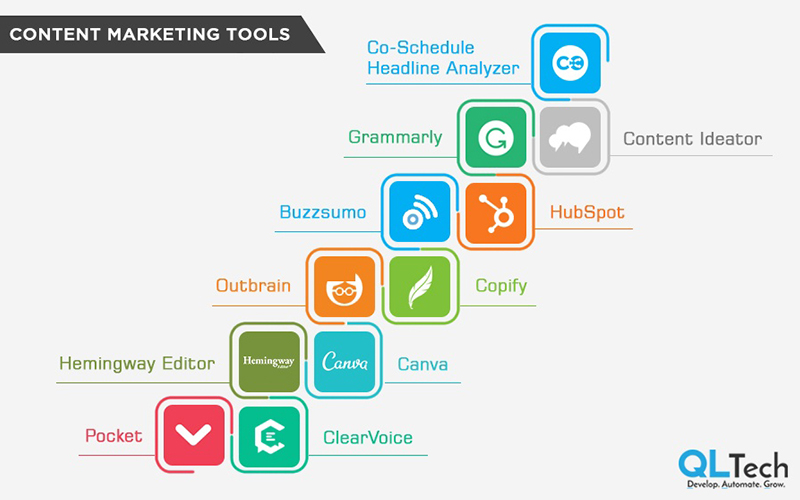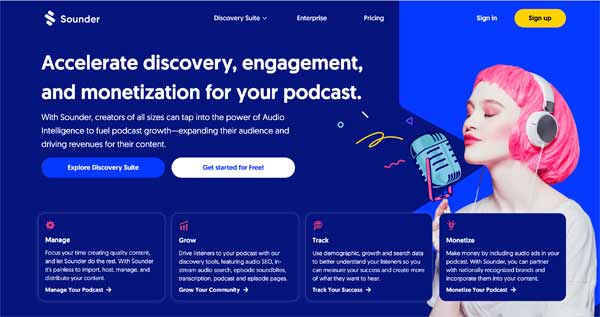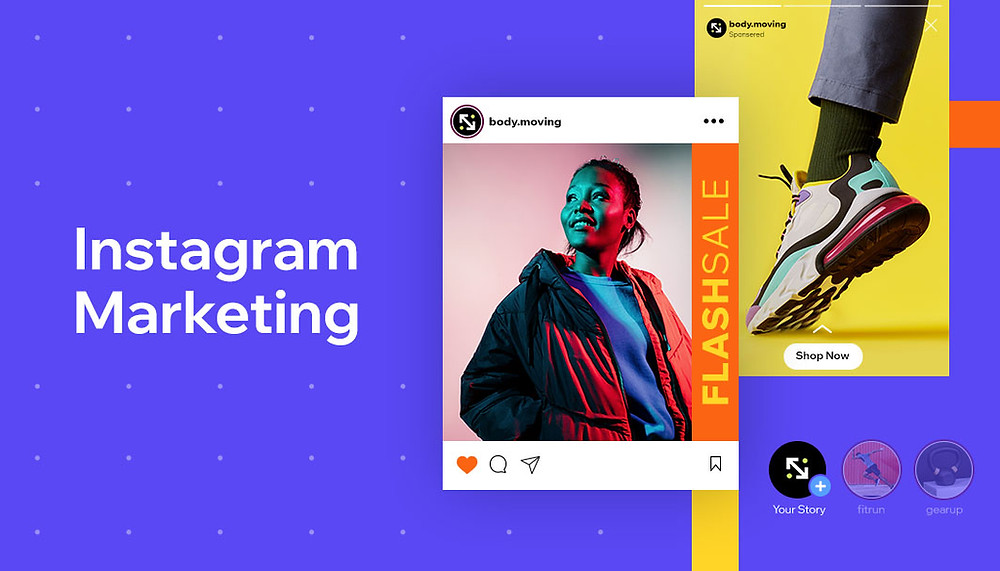
Digital marketing describes how to target specific audiences. This industry dates back to the early 1990s when Tim Berners Lee, a computer scientist created the World Wide Web. It has since evolved into search engines. It is now the best way to reach consumers locally and internationally. It is essential that you understand the basics of the field before you begin to apply it to your own company. Below are the essential elements of a digital strategy.
Inbound marketing
Inbound marketing is digital advertisement that targets customers who are actively looking for products and/or services. Inbound marketing is a digital advertising strategy that helps potential customers find your business via search engines. Instead of spending your money on advertisements, you should focus on creating content your ideal customer would enjoy reading and using. It is possible to start by creating a blog with advice from others, then move onwards.
To engage with customers and to establish relationships, you could also host live events. You can host Q&A or product tutorials at these events. Live events can also be hosted using social media platforms such Instagram Live and Facebook Live. Customers will be satisfied if you provide great customer service. This will enable you to create a positive brand image and attract more customers.
Inbound marketing can be one of the most powerful forms digital marketing. It is more effective and trustworthy than traditional advertising methods and helps to build trust with customers. It is more caring than other advertising methods and shows genuine concern for customers. Additionally, it is less costly and can produce longer-lasting results. This is especially true in the digital age, where mass marketing is not only ineffective but also risky. Inbound marketing is a great way to increase your return-on-investment.
Inbound marketing is customer-oriented. It starts with creating content that your target audience will enjoy. Inbound marketing does not focus on spreading the word about businesses. Instead, it seeks to offer useful information. It then dangles an offer of information to catch their attention, and then follows up with more direct advertising. Inbound marketing is a way to build relationships with your target audience and eventually increase sales and profits.
Outbound marketing
Outbound marketing is an advertising method that builds brand awareness and reaches new customers. This type of marketing emphasizes proactive marketing. You contact your prospects, not waiting for them. Although it is hard to measure, outbound market can be a powerful way to increase brand awareness. Outbound marketing combines two important elements: inbound marketing and outbound marketing.
Outbound marketing refers any marketing form that is not created by the company. This type marketing pushes itself upon its audience, regardless of their interest in what you have. Outbound marketing can be done in telemarketing and print and radio ads as well as billboards and pop-ups. People have grown so accustomed to this type of marketing that it is less effective than it was once.
Outbound Marketing is about attracting potential clients by providing relevant information. It's distinct from inbound, which is about sending a message only to a selected audience. Outbound marketing has a higher acquisition cost because it draws more customers to a site. Outbound marketing is more effective because it generates more leads and sales for businesses. Outbound marketing is also easier to target right prospects.
Outbound marketing can either be targeted or untargeted. This is done by attracting leads through targeted keywords and converting them in to customers. The target audience determines the difference between both types of marketing. Inbound marketing encourages people to take action by leading them through the buyer’s journey. Because people want to engage with your content, it allows marketers to qualify leads. Outbound marketing remains very effective.
Content creation

Digital marketing campaigns will succeed only if you have a solid content strategy. A poorly written website with irrelevant content will leave your customers indifferent. Bad content can also negatively impact your business rating and damage your reputation. Good content creation strategies will ensure that visitors find valuable information on your site. Listed below are some tips to help your content get the desired results. After you have completed the checklist, your content creation will be a great way to improve your business.
Identify your audience. Social media can be a powerful tool in your content marketing strategy. There are huge user bases on social networks such as Instagram, Twitter, and Facebook. Targeting these platforms will help you drive more traffic and improve your conversion rates. This will make it easy for consumers to share your content through their social media accounts. Make sure your content is persuasive. This is true for both blogs and websites.
It is important to study your competitors. The way your competitors approach content creation can help you distinguish your brand voice, fill in gaps in your content strategy, and improve your content's chances of being noticed by customers. You should, for example, include the YouTube videos of your competitors in your PPC campaigns. Video sharing on YouTube can increase the number and quality of leads that your video receives.
You should create content that snaps and crackles. The reader will be drawn to content that is engaging through story, emotional triggers and rewards. Word choice plays an important role in content creation. The wrong words or phrases could ruin your content. But, using words that have been proven to increase your metrics will help you. Writing content that is engaging and interesting will become a breeze if you have the right skills. All of these elements are necessary to create the best content.
Analytics
Product managers used to make decisions based on past experience and intuition. Their data collection techniques only allowed them to analyze past performance. However, this provides an incomplete view of customer preferences. Instead, product managers conducted direct surveys of customers and collected their feedback and comments. These disparate streams of data need to be brought together to create comprehensive insights and improve the customer experience. Business owners should be able to identify the most effective strategy for their brand with an analytics platform.
Effective analytics begins with the identification of the right metrics. Using tools is a great way to automate the process of compiling regular reports. Data collection is necessary to understand the impact of marketing strategies on sales and changes. To get the most out of your data, start small and monitor the progress of your digital marketing campaign over time. It is important that your analytics be linked to your ROI. Don't let vanity metrics distract you from your business goals.
Data gathered through web analytics are valuable for digital market analytics. Nearly all channels can lead users to a site. Your website can use digital metrics to track visitor behavior, influence design, and write better copy. Using this information, digital marketing analytics experts can better understand how visitors respond to the brand's message. Web analytics can also track page load time, which can influence conversions and overall conversion rates. This data will allow you to make informed decisions about how to improve your digital marketing campaigns.
Digital marketing analytics allows you to optimize your marketing and identify the most effective marketing strategies. You can identify what sources of traffic are the most effective, and create marketing strategies that maximize these opportunities. For instance, segmenting traffic by source is a great way to determine which sources of traffic are converting. You can then target the top five channels that will attract your audience. This will allow for you to tailor your marketing efforts to specific target audiences and maximize profits.
PPC Adverts

PPC ads, digital marketing, has many components. Retargeting and remarketing are two of the many components of digital marketing. Your ads need to engage people and convey a compelling value proposition. Your ad headline should be compelling and include a call to action. You may wish to test different formats depending on how you use PPC.
PPC advertisements are most effective if they convert. Track impressions, clicks and conversion rates to analyze your performance. You can also examine other important metrics, such as attribution, which provides insight into the customer journey. Conversions are the ultimate goal of any PPC campaign, so be sure to optimize every aspect of your ads. You should ask probing questions of your ad groups to see what works and what doesn't. Your ads should be analyzed for broken links or grammar mistakes.
In the world of digital marketing, PPC is big business. Alphabet is able to make $162B a year through ad networks. Google Ads, though there are many options for ad formats available, is the most preferred. Google Ads is the most popular ad format for businesses. Google Ads is a widely-used program that offers many options and flexibility. PPC ads have been a popular way to advertise online. Target users based upon their search history or products.
Shopping campaigns are another type PPC advertising. These ads appear on the SERP and feature detailed product information. They offer potential customers essential information before clicking through to visit the store. To create shopping ads, you will need a product feed. This data feed can be uploaded to your Merchant Center. This account should be linked to your PPC campaign. You should also invest in shopping ads if you want to attract high-quality traffic. And always remember to test all types of ad formats before you make a decision.
FAQ
How long does it take for SEO to generate traffic?
Usually, it takes between 3-4 months to generate traffic through SEO. It depends on many variables.
-
Your site's content quality
-
Backlinks
-
Targeted keywords
-
Competitor rankings etc.
SEMrush gives you a free trial if you are just starting out in SEO. This powerful platform will allow you to monitor every aspect of your SEO campaign.
What is a blog article?
A blog is a type website that lets visitors share content. Blogs usually contain a mix of written posts and images.
Bloggers blog about their experiences, opinions, and interests. However, some bloggers prefer to write about topics that are related to their career or business.
Blog owners can start blogs using a very simple program called a blogging platform'. There are hundreds upon hundreds of blogging platforms. Tumblr (WordPress), Blogger, and Tumblr are the most popular.
Blogs are read by people who like the content. Therefore, it's vital to keep your writing engaging. Make sure you are familiar with your topic before you write.
It is important to provide useful information and resources that will help the readers understand the subject. For example, if you're writing about improving your website, don't just tell someone to go to Google and look at how other businesses' websites work. Instead, you should give steps for creating a successful website.
It's worth noting, too, that how well your blog is written will determine whether or not people enjoy it. If your writing isn't clear or concise, no one will want to read it further. Poor grammar or spelling is also unacceptable.
It's easy to get carried away when you start blogging. Be consistent with your posting schedule. Only publish content once per day. Your blog should never feel like an obligation.
How do I get started with SEO?
There are many ways to get started with SEO. The first step is to identify the keywords that you'd like to rank for. This is known "keyword search." Next, optimize each page of your website for these keywords.
Optimization involves optimizing titles, descriptions and meta tags. It also includes creating unique page URLs and linking to other websites. After optimization is complete you need to submit your site to search engines like Google Yahoo! and Bing.
You will also need to keep track over time of your progress to determine whether you are succeeding.
How often should SEO be performed?
Maintaining your links properly will mean that you won't have to run SEO campaigns or update them often. But, if you neglect to maintain your links and rely solely upon organic traffic, you might lose out on potential clients.
Small businesses are advised to have their SEO updated monthly. For larger companies, quarterly updates might be necessary.
Where should my website be located?
Your website must be at the top of search results. It should be at the top search results. Some searches can have hundreds of pages. How can you stand out against these competitors with your website?
Statistics
- These guides are designed and coded 100% from scratch using WordPress. (backlinko.com)
- If two people in 10 clicks go to your site as a result, that is a 20% CTR. (semrush.com)
- Which led to a 70.43% boost in search engine traffic compared to the old version of the post: (backlinko.com)
- Sean isn't alone… Blogger James Pearson recently axed hundreds of blog posts from his site… and his organic traffic increased by 30%: (backlinko.com)
- Deleting those 10k pages is one of the main reasons that he improved his site's organic traffic by nearly 90%: (backlinko.com)
External Links
How To
How to choose the right SEO strategy for your business
These factors will help you decide which SEO strategy is right for your site.
-
Keyword Research
SEO has one primary goal: to rank highly in search engines for specific terms. Negative keyword phrases that aren't relevant for your audience should also be identified. You might also consider long-tail keywords that are less competitive.
-
Content Strategy
Content marketing is important for all businesses. However, eCommerce websites must ensure that their products and services rank highly on search results pages. This will increase sales and conversion rates.
Creating relevant, engaging content that solves problems and provides solutions is key.
-
Link Building
Links can be vital to rank well in search engines. They help improve your site's credibility and page rankings. However, too many links can reduce your Page Rank score. Therefore, it is essential to establish valuable relationships between other websites.
-
Social Media Marketing
You may consider using social media channels to promote the brand. Share your material on these social media platforms to encourage others.
-
Website Structure
While it's true that good design doesn't necessarily contribute to better rankings, it does have an impact. Clear and simple layouts lead to better conversions. Also, ensure your site loads quickly to prevent users from leaving the site before they have completed transactions.
-
Mobile Optimization
Mobile devices account for almost half of internet usage today.If your website isn't optimized for mobile, you could lose out on traffic and potential clients.
-
Local Search
This refers specifically to local markets, rather than national. Local SEO optimizes your website in order to rank for local searches such "restaurants nearest me" or business listings in my local area. It's easier to rank well locally because people trust recommendations from friends, family members, and colleagues.
-
Ecommerce Website Development
Ecommerce websites benefit from a range of different types of SEO strategies.For example, they often perform best when they're optimized for both desktop and mobile devices. In addition, they can be ranked higher for longer tail keywords.
-
Video Ranking
Video content performs well in search engines. It ranks highly for longer queries and receives more share.
-
Branding
Branding is the process of designing a logo, product names, and messaging that gives your company its own identity and personality. This helps customers get to know you and what you do.
-
Analytics Software
Analytics software allows you to track how visitors interact with your website.The information gathered through analytics can help optimize your efforts and increase conversions.
-
Email List Management
Email lists allow you to send emails directly to your target audience.You can send messages about new products, special offers, and promotions.
-
Blogging
Blogging is another way to generate quality backlinks. Blog posts that relate to your business will bring you links from reliable sources.
-
Customer Satisfaction
Customer satisfaction is one of the most effective ways to get high-quality backlinks.When satisfied customers refer their friends and colleagues to your site, this will result in quality backlinks.
-
Content Marketing
Content marketing involves producing unique, useful, relevant content that educates, entertains, or inspires readers.
Engaging content can help you build trust with your target audience, and increase conversion rates.